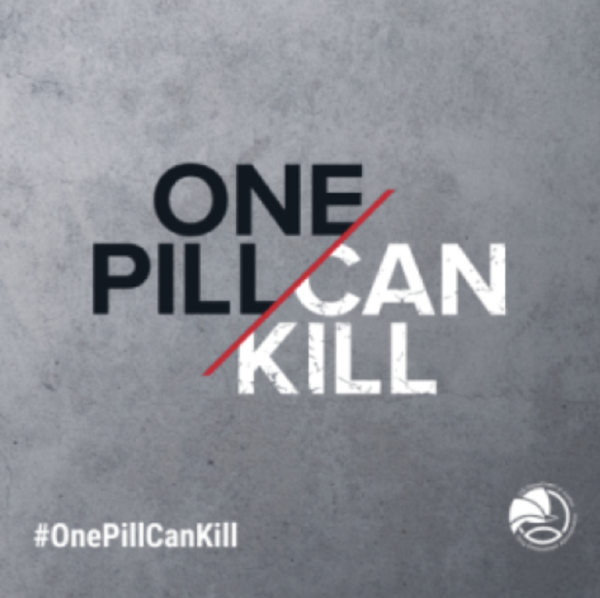Adolescent drug use is a public health concern that can affect physical, emotional, and social development. In an interview of 24,000 students throughout Connecticut (CT) this past month 83.33 percent reported using marijuana and 11.19 percent reported abusing alcohol, according to drugabusestatistics.org. These statistics highlight the widespread nature of substance use among teenagers and the need for more prevention and education programs. Early drug use can lead to long-term health issues, including addiction, mental health disorders, and impaired cognitive development, according to drugabusestatistics.org.

The rising trend of high school students using drugs is a growing concern for parents and educators across CT and the United States (US). Drugs like alcohol and nicotine are becoming more normalized in an age range from 15-19 years old. Alongside alcohol and nicotine, there are powerful drugs that are falling into the hands of young people like opioids. Teenagers are more likely to try or test drugs in a social setting, according to mayoclinic.org. Social media platforms can make it easier for teens to buy and sell drugs. This increased accessibility to drugs among teens makes it harder for parents and authorities to intervene before it is too late. The true danger lies in laced substances, which are not readily detectable. Unfortunately, this causes more emergency room visits and fatalities. The uptick in adolescent drug use and harmful encounters is due to the lack of education on the subject, according to nida.nih.gov.
There is a lack of understanding of the effects of drugs. Despite the growth of drug use in teenagers, some schools still fail to provide enough accurate, in-depth lessons on the dangers of drug misuse. Lack of information leaves student vulnerable to misconceptions and leads them to take risks without knowing long-term and short-term effects. The delay in education can contribute to an increase in experimenting rather than students finding answers for their questions, according to parentingtodaysteens.org.

Mrs. Chritinia Cauliffe, Head Athletic Trainer, Upper and Middle School Health Teacher, and Health and Wellness Department Chair, aims to teach students and educators the factors of drug use and its effects. Mrs. Cauliffe discussed how raising consciousness helps all, not only students, understand substances.
“By learning about the pitfalls and likelihood of addiction, students in our school and community can be better prepared when it comes to being in uncomfortable situations,” Mrs. Cauliffe said. “Students need to know what’s out there, what’s safe and what’s not, and how drugs are packaged.”
Each time adolescents uses any kind of drug, they are putting their life at risk. The United States Drug Enforcement Association (DEA) put out a public safety alert stating that five out of every ten illegal opioid pills tested contain a deadly dose of fentanyl. The DEA started the “One Pill Can Kill” campaign to raise awareness of the dangers of opioids. Certainly, navigating difficult social situations and having a strong support system makes a significant difference, according to nida.nih.gov. Mrs. Cauliffe advised that open communication with trusted people is the key for making smarter decisions.
“Having open and honest conversations with trusted peers and adults is a great tool when trying to resist peer pressure,” Mrs. Cauliffe said. “Specifically, a ‘safe word’ when calling their parents, or a subtle ‘signal’ to a trusted friend can help anyone stuck in an uncomfortable situation.”
Featured Image by Casey Smith ’26




